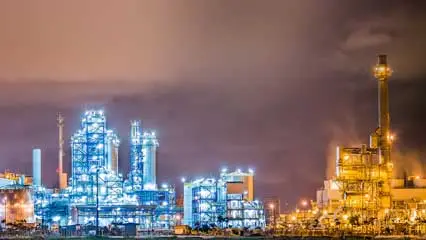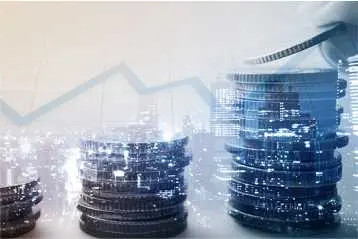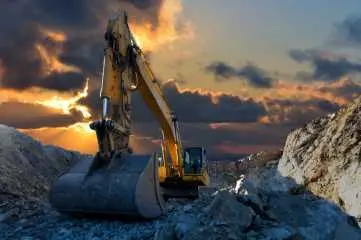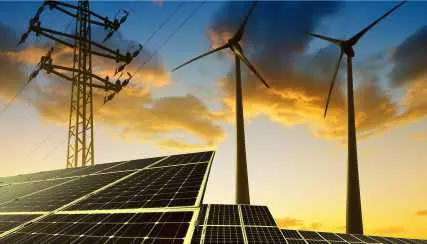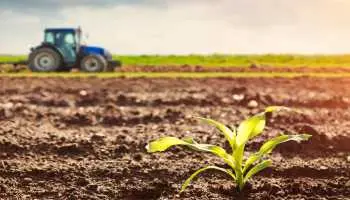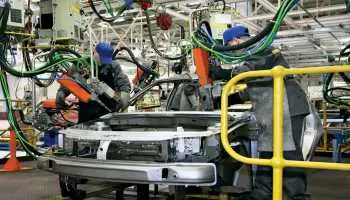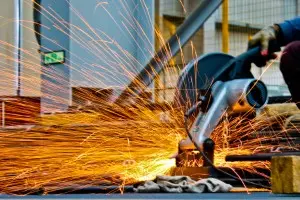
APAC Waste to Energy Market Share, Trends, Demand, Revenue, Growth Drivers, Challenges, Opportunities and Future Competition Till 2033: SPER Market Research
Category :
Power & Energy
Published: Jul-2024
Author: SPER Analysis Team
APAC Waste to Energy Market Share, Trends, Demand, Revenue, Growth Drivers, Challenges, Opportunities and Future Competition Till 2033: SPER Market Research
Asia Pacific Waste to Energy Market is projected to be worth USD XX million by 2033 and is anticipated to surge at a CAGR of 3.05%.
Waste to Energy (WtE), also known as energy from waste, combines thermochemical and biochemical processes to recover energy from urban waste, resulting in electricity, steam, and fuel. These innovative technologies have the potential to reduce original waste volume by 90%, depending on output composition and utilisation. WtE facilities offer two significant advantages: environmentally safe waste management and disposal, as well as clean electricity generation. The increased use of waste-to-energy (WtE) to dispose of solid and liquid wastes and generate electricity has significantly reduced the environmental implications of municipal solid waste management, including greenhouse gas emissions.
Asia Pacific Waste to Energy Market Driving Factors and Challenges
Drivers: The market is expected to increase as a result of the growing need for renewable energy sources to generate electricity, growing investments made in the waste-to-energy sector by various businesses and governments worldwide, and government programmes to lessen carbon emissions. The region's waste to energy market is expanding as a result of rising industrial and household waste volumes in China and India as well as government assistance for sustainable energy initiatives. Furthermore, Waste production has significantly increased as a result of rapid urbanisation, industrialization, and population growth. garbage to energy solutions are in high demand due to limited landfill space and environmental problems connected with traditional garbage disposal methods.
Challenges: The establishment of waste-to-energy facilities necessitates a large initial investment as well as continuous operating costs. Waste-to-energy projects' capital-intensive nature might hinder market expansion, particularly in developing nations where funding may be scarce.
Request For Free Sample Report @ https://www.sperresearch.com/report-store/asia-pacific-waste-to-energy-market.aspx?sample=1
Local populations frequently oppose waste-to-energy projects because they worry about air pollution, possible negative effects on the environment, and the idea that burning rubbish is bad. Projects aimed at converting garbage into energy must have the backing and acceptance of the general public.
Impact of COVID-19 on Asia Pacific Waste to Energy Market
The COVID-19 epidemic damaged the world economy by suspending operations in important industries such as recycling and energy production. COVID-19's spread presented both opportunities and risks to the solid waste management system. In response to rising resource consumption and environmental effect, more emphasis was placed on improving the sustainability of the waste management system. For example, the Sustainable Development Goals (SDGs) emphasise increasing the proportion of renewable energy, focusing on MSW management, and lowering waste generation through recycling and re-use. To achieve such worldwide targets, a sustainable solid waste sector, such as waste-to-energy (WtE), waste-to-materials (WTM), and other waste disposal industries, were required.
Asia Pacific Waste to Energy Market Key Players:
The market study provides market data by competitive landscape, revenue analysis, market segments and detailed analysis of key market players are; Wood Group Plc, Babcock & Wilcox Enterprises Inc, C&G Environmental Protection Holdings Ltd, Everbright International Ltd, Covanta Holding Corporation, Plantec Asia Pacific Pte Ltd, Hitachi Zosen Corporation, Keppel Seghers, Suez Environnement Company, Mitsubishi Heavy Industries, Ltd.
For More Information about this Report @ https://www.sperresearch.com/report-store/asia-pacific-waste-to-energy-market.aspx
Asia Pacific Waste to Energy Market Segmentation:
By Technology: Based on the Technology, Asia Pacific Waste to Energy Market is segmented as; Thermal, Incineration, Pyrolysis, Gasification, Biological, Physical.
By Type of Waste: Based on the Type of Waste, Asia Pacific Waste to Energy Market is segmented as; Municipal Waste, Agricultural Waste, Industrial Waste, Others.
By Application: Based on the Application, Asia Pacific Waste to Energy Market is segmented as; Electricity, Heat, Combined Heat and Power, Transport fuels, Others.
By Region: This research includes data for China, Japan, India, South Korea, Australia, Indonesia, Others.
This study also encompasses various drivers and restraining factors of this market for the forecast period. Various growth opportunities are also discussed in the report.
Would you like to view the sample pages?
Get Sample PagesExplore Related Reports
Domains Served
Our Global Clients
Our data-driven insights have influenced the strategy of 200+ reputed companies across the globe.




